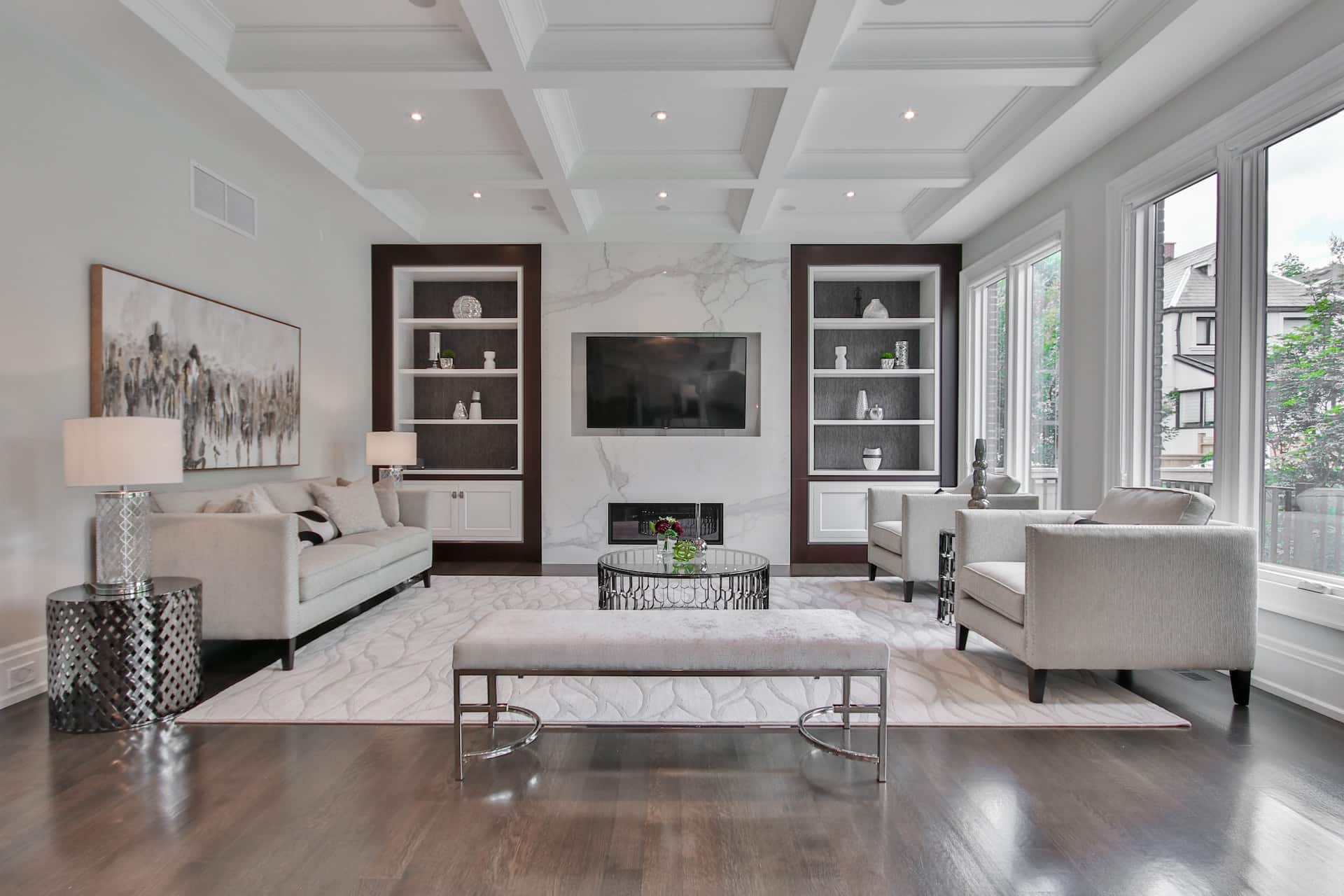
Living room is your face of the house. It is where you let your guest see and stay. You also spend together time with your loved ones there as well. So it is very important to put extra effort to make it comfort and cozy. Here are five decorating tips for living room that you want to check out.
Choose a specific style
As you’re planning your living room decor, start by choosing a specific style—you’ll be able to narrow down your options from there. Do you prefer a clean and modern look? Or maybe something rustic and warm? Maybe you’re passionate about art or fashion and want to incorporate that into the space. Once you’ve decided what vibe you’re going for, it will be easier to choose furniture and decorations (like artwork) that work with that concept.

Once you have an idea of what type of style works best for your needs, personality, budget, interests … etc., it’s time to start shopping around! But don’t get too caught up in all the pretty things out there; remember: The most important thing is making sure everything matches together well!
Consider the furniture layout
- Use the furniture to create a focal point. You can use the furniture to draw your eye to a certain area of your room, like placing an armchair in front of a fireplace or hanging art on one wall.
- Use furniture to create a comfortable space. If you have sofas and chairs facing each other, it doesn’t feel as welcoming as having them face outwards or towards each other with an open area between them. You could also put some low tables between them so people can put their drinks on while they’re sitting down, instead of having them all sit around one big table that takes up too much space and makes it hard for everyone else in the room to move around freely (unless there are enough people that everyone has their own seat).
- Avoid placing furniture against walls. This will make it harder for people walking through your living room since there won’t be any clear paths from place-to-place except along what little space remains between pieces of furniture arranged this way–which may not leave enough room for someone who’s tall! Plus if someone decides later on that they need more space near where they’re sitting now but aren’t allowed anywhere else…then what? Well I’m sure we’ve all been there before! So just keep this tip in mind when deciding where things should go during design time: no matter how nice looking something might look next time try moving it somewhere else first before committing yourself forever by putting adhesive dots down onto surfaces permanently etched into existence by sanding machines driven by wind turbines fed off solar panels made from recycled materials harvested from local forests.”
Add Texture with Fabric
Fabric can add texture and style to a room. Here are some ways you can use fabric to decorate your living room:
- Cover furniture with it.
- Add color and pattern.
- Make a statement by adding one large piece of fabric (such as a sofa) or multiple smaller ones (like curtains).
- Soften the look of a room, especially if the rest of your décor is on the more hard-edged side.
Pay attention to color
When it comes to decorating your living room, color is one of the most important elements. It can set the mood, create a certain atmosphere, and influence your guests’ perception of your home. So how do you use color effectively?

First, consider using a color wheel. This tool can help you choose complementary or contrasting colors that will complement each other in diverse ways. If you’re not sure where to start:
- Choose two or three primary colors from a basic color wheel (red, blue and yellow).
- Choose two secondary colors (orange/goldenrod; violet/purple; green/yellow-green) from these primaries.
- Choose one tertiary (greenish blue) from these secondaries—this will be used for accent pieces like pillows or art work rather than walls themselves since they aren’t true “colors.”
When choosing complementary hues for an area rug or wall covering fabric samples, remember that tints are lighter shades while shades are darker ones of their respective base hue; thus lightening up red may give us burnt sienna while darkening it could create crimson instead!
Get the lighting right
The lighting in your living room will set the tone for the space and how you use it. It should be bright enough to read by and evenly distributed throughout the room. Here are some tips on what to look for:
- Make sure it’s functional. You need a variety of light sources so that no matter which corner of your living room you’re in, there’s enough light on hand to do whatever task needs doing (reading or writing) without straining your eyes.
- Don’t forget ambiance! A dimmer switch can help create different moods depending on whether you want soft lights or brighter ones; they’re also great if you have kids around who need their sleep cycles uninterrupted by bright lights after 8 p.m., but still want enough light so they don’t trip over furniture while running through the house late at night looking for snacks or toys that got misplaced under furniture cushions during earlier play sessions with friends who come over often enough but not nearly as often as those little devils do themselves because they always seem like such good kids until one day when suddenly everything goes wrong … well never mind).

The living room is a place for relaxation, but it can also be the most stressful room in your house. There are so many things to consider when decorating it—from the furniture layout to lighting and color choices—but don’t let that scare you! If you follow these home decorating tips we’ve outlined above, your living room will look amazing in no time.








